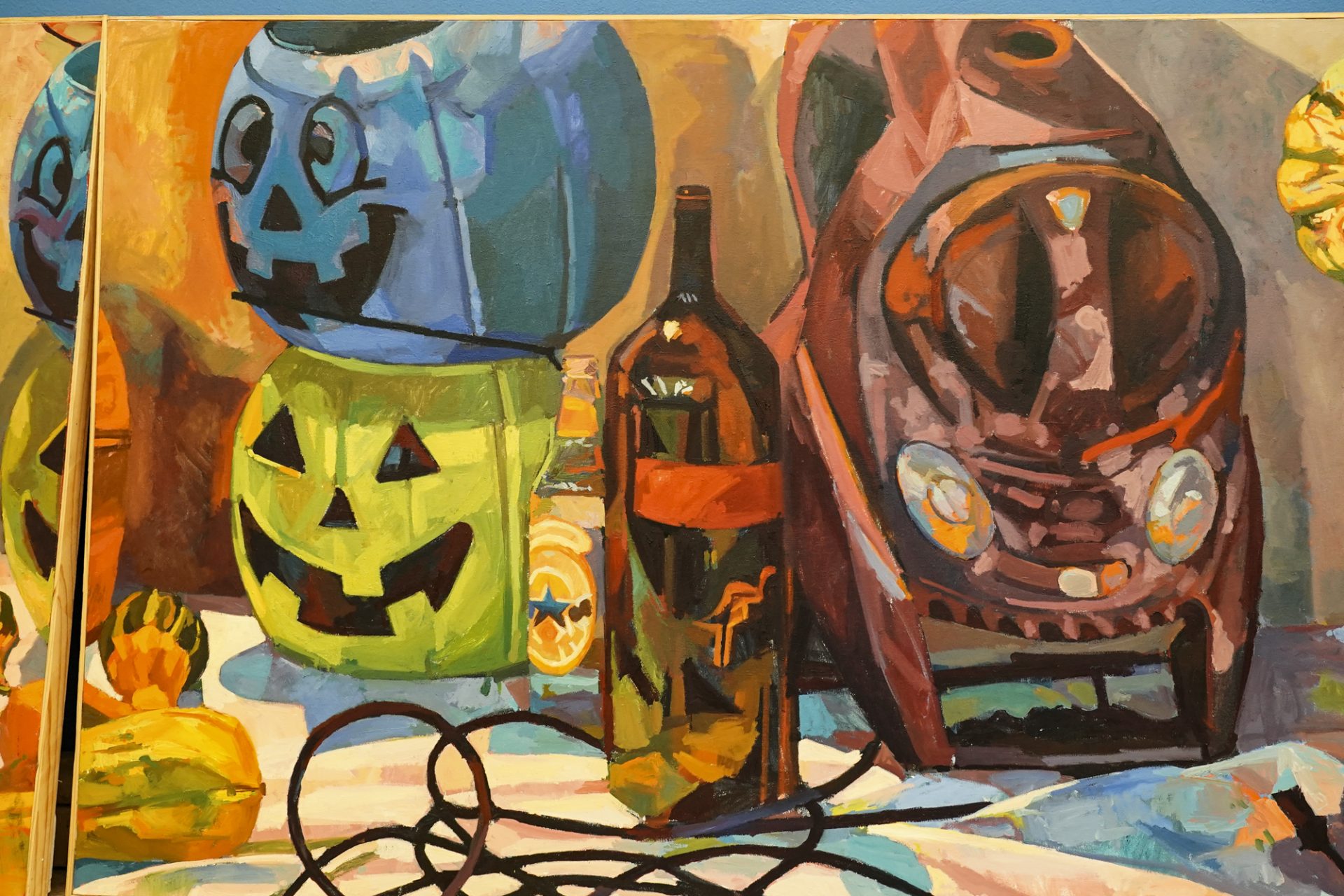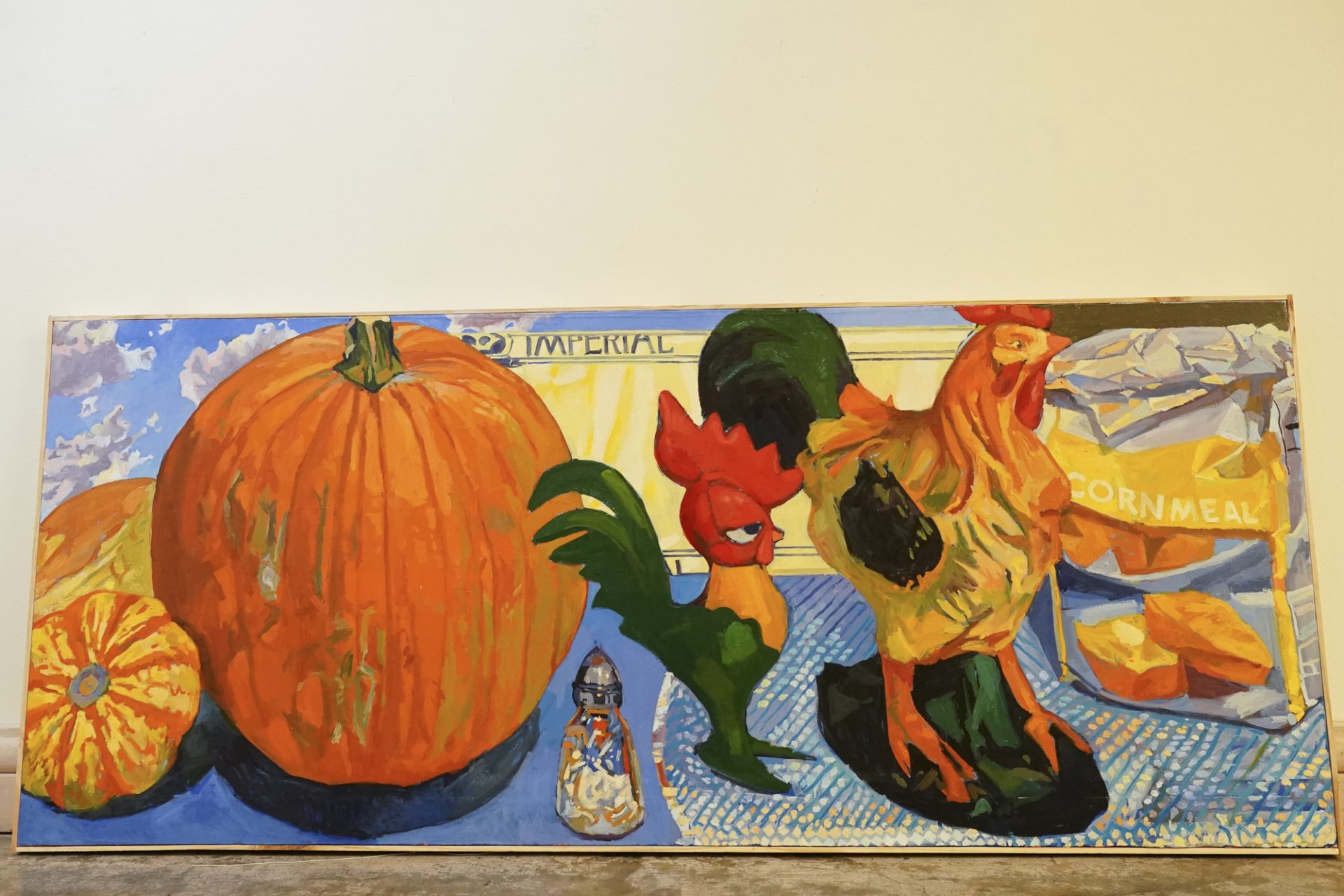There’s something about the human imagination where, in the words of William Blake, it is possible to see “the world in a grain of sand” or, in the case of painter Jerry Lyles, see the world or at least South Texas—in a pumpkin.
Running Oct. 8 through Nov. 4 at the Brownsville Museum of Fine Art, “The Pumpkin Show” is an exploration by Lyles into that humble companion of Halloween and the star of many a Thanksgiving pie.
Lyles— an associate professor of art at the University of Texas Rio Grande Valley—first got into pumpkins as a subject by bringing them in each fall for his painting and drawing students to study.
“It was a way to teach them about volume, color and form. From there, I began to get more and more interested in the subject matter through working alongside them, and it developed into a body of work,” he said.

In teaching with pumpkins, Lyles found that the more he studied them alongside his students, the more he realized that a pumpkin is not just a pumpkin. There is always some connection—whether in language or symbology—that takes the pumpkin beyond the physical representation.
In this body of work which spans 12 years across more than 20 oil paintings, Lyles plays with the cross-cultural juxtaposition of pumpkins—from the plastic jack-o-lantern candy buckets of Halloween to the way one of the words for pumpkin in Spanish, calabaza, references multiple things.
For example, in Lyles’ piece “Calabaza con Pollo” two pumpkins sit with cartoon and ornamental chickens alongside a salt shaker, a sack of yellow cornmeal and a large stick of Imperial margarine. The title references a dish that uses squash—not pumpkins, which share the name calabaza.
Lyles intentionally painted-in several items for the viewer to laugh at with non-consumable decorative chickens (actually roosters) and the bag of cornmeal—also called hen scratch—not used in any recipe but given as animal feed for these unliving birds.

In the piece, the slipperiness and physicality of language are the focus for the viewer as they explore this visual and verbal pun—where the pumpkin serves as the doorway through which viewers can puzzle through the way an object can have at once many different meanings and connections.
“There is a long tradition of using objects as metaphors in still life painting. Objects can carry multiple layers of meaning that can, in turn, interact with each other to suggest other layers of meaning,” Lyles wrote in his artist statement for the show.
The Brownsville Museum of Fine Art invites the public to attend the opening reception on Oct. 8 at noon for “The Pumpkin Show” at the museum.




